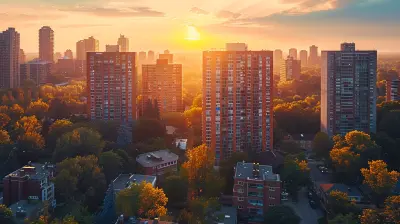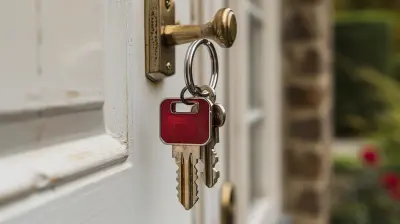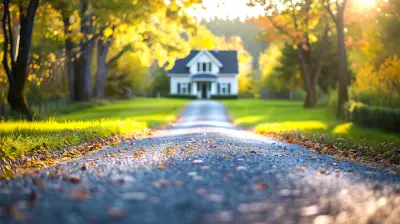How to Use an HOA Reserve Study to Plan for the Future
9 October 2025
Homeowners’ associations (HOAs) are a lot like fortune tellers—but instead of using a crystal ball, they rely on a reserve study. If you’re scratching your head wondering what an HOA reserve study even is, don’t worry. We’re about to break it down in a way that makes sense (and won’t put you to sleep!).
Imagine your HOA is running a theme park. You’ve got to take care of the roller coasters (roof repairs), concession stands (landscaping), and parking lots (pavement upkeep). If you mismanage your cash, that park is going to turn into an abandoned, weed-covered mess. That’s basically what happens to a community when an HOA doesn’t plan for future expenses.
So, how do you prevent financial chaos? It all starts with leveraging an HOA reserve study effectively. 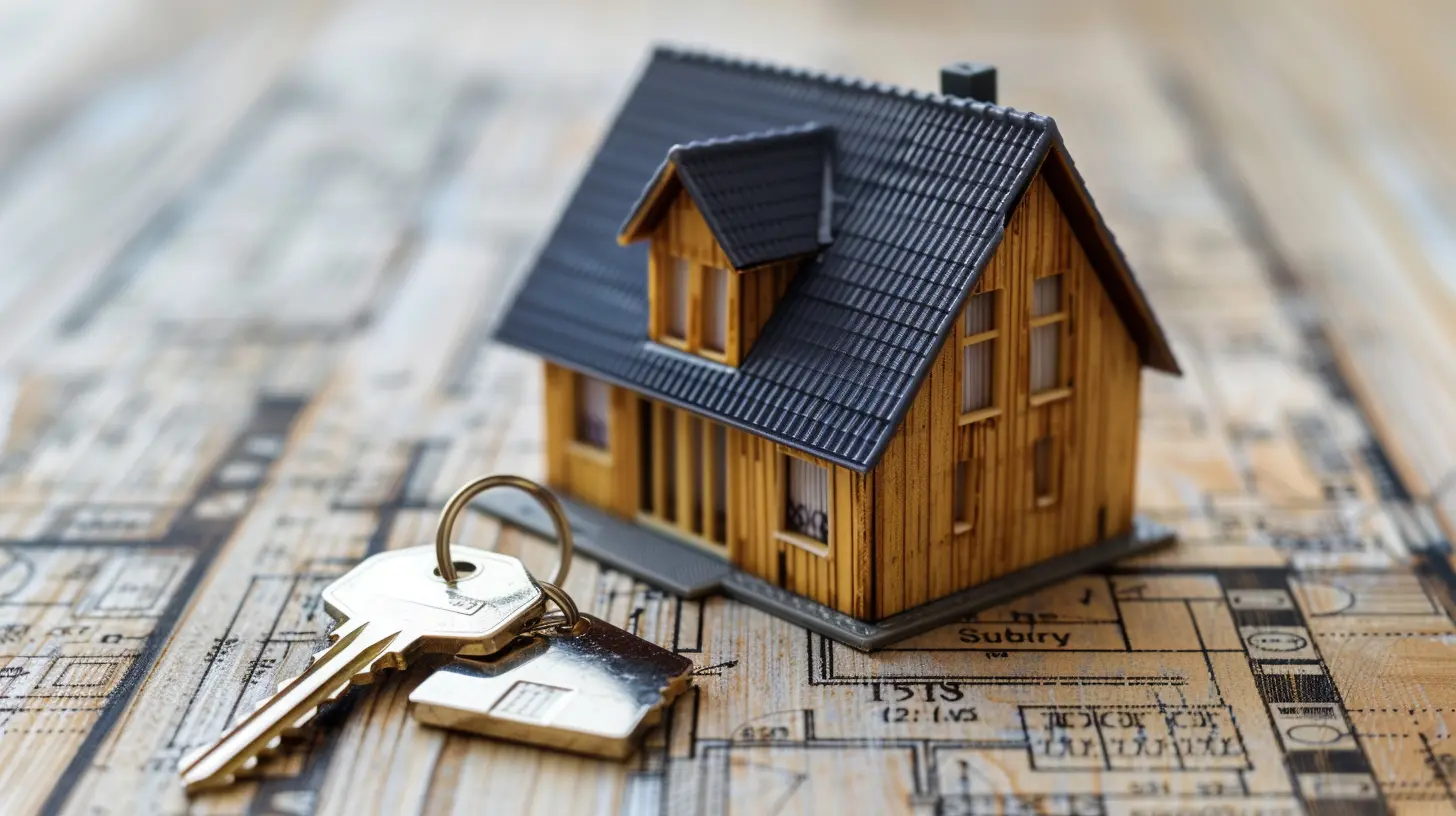
What Is an HOA Reserve Study?
An HOA reserve study is essentially a financial roadmap for your community. It evaluates:- The current condition of major shared assets (like roofs, pools, roads, and clubhouses).
- How much life those assets have left before they’ll need repairs or replacements.
- How much money the HOA needs to save to cover those future expenses.
Think of it like a health check-up, but for your community’s future financial well-being. Without it, your HOA might suddenly find itself scrambling for cash when the pool’s filtration system fails or the clubhouse roof starts leaking. 
Why Is an HOA Reserve Study So Important?
HOAs are responsible for maintaining the shared spaces that make neighborhoods attractive and livable. Without proper planning, homeowners can get hit with unexpected (and often massive) special assessments to cover emergency repairs.A well-conducted reserve study can:
- Prevent Financial Surprises – No one likes getting slapped with a surprise bill. Planning ahead keeps finances predictable.
- Maintain Property Values – Well-kept common areas boost property values. Let things fall apart, and home prices will follow.
- Ensure Fair Contributions – Everyone pays a little over time, rather than facing huge fees all at once.
Now that we know why it matters, let’s talk about how to use it to plan for the future. 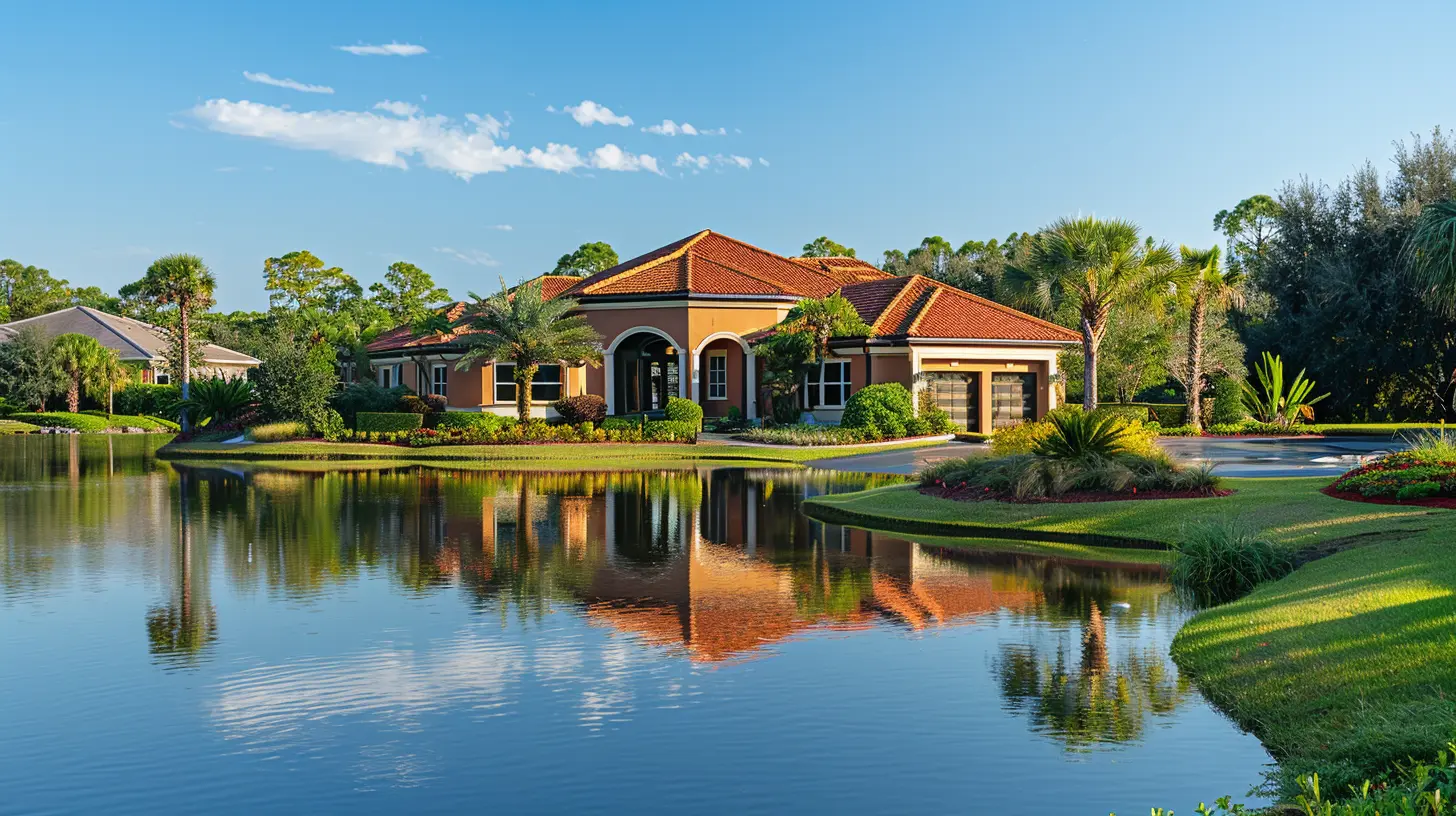
Step 1: Understanding the Reserve Study Report
The reserve study report is like an instruction manual for your HOA’s financial future. It typically includes:1. Inventory of Assets – A breakdown of all major HOA-maintained components (pools, roofs, streets, etc.).
2. Condition Assessment – A professional evaluation of the current state of these assets.
3. Cost Estimates – Projected costs for maintenance, repairs, and replacements.
4. Funding Plan – Recommendations on how much the HOA should set aside each year.
You don’t need to be a financial genius to understand it, but you do need to pay attention. Ignoring this report is like ignoring the gas gauge in your car—sooner or later, you’ll run out of fuel. 
Step 2: Create a Sustainable Funding Plan
Once you’ve got the report, it’s time to make sure your HOA is putting enough money away. There are three primary funding strategies:1. Baseline Funding – Save just enough to cover projected costs. This is risky because if something costs more than expected, you’re in trouble.
2. Threshold Funding – Keep a set minimum balance in reserves at all times. More secure, but still potentially risky.
3. Full Funding – The safest option. The HOA saves 100% of the recommended reserves, ensuring there’s always enough to cover future repairs.
Think of these options like saving for a vacation. You could:
- Save just enough for the plane ticket and hope everything else works out (baseline funding).
- Budget for the essentials but keep a small emergency fund in case you need extra cash (threshold funding).
- Save enough for everything and set money aside for any surprises that pop up (full funding).
The last option might take more time, but it ensures financial stability.
Step 3: Adjust Your HOA Fees Accordingly
Nobody loves paying HOA fees, but they’re necessary to keep the community running smoothly. If reserve funding is too low, you might need to increase those dues slightly to keep the HOA financially healthy.It’s better to have small, manageable increases over time than massive, unexpected special assessments that leave homeowners furious. Transparency is key here—explain why the increase is necessary and how it benefits everyone in the long run.
Step 4: Regularly Update the Study
A reserve study isn’t a “set it and forget it” kind of deal. As your community ages, things change—costs rise, assets degrade faster (or slower) than expected, and unexpected repairs pop up.Experts recommend updating the reserve study every three to five years. This keeps your financial planning realistic and prevents nasty surprises.
Step 5: Implement Preventive Maintenance
Planning for future repairs is great, but what if you could extend the life of your community’s assets? Regular upkeep can prevent minor issues from turning into expensive disasters.For example:
- Sealcoating roads and driveways can extend pavement life by years.
- Regular pool maintenance prevents costly filter and pump replacements.
- Roof inspections and minor repairs can delay full replacement for a decade or more.
Think of it like going to the dentist. A small cavity is a quick fix, but ignoring it can lead to a painful (and expensive) root canal. Preventive maintenance is just smart money management.
Step 6: Get Homeowners Involved
HOA members sometimes feel like they’re tossing money into a black hole. By educating homeowners on how reserve funds protect their investment, you’ll get more support for financially sound decisions.Host meetings, send out newsletters, and break down the reserve study in simple terms. The more people understand, the less resistance you’ll face when discussing dues and future funding.
Common HOA Reserve Study Mistakes (And How to Avoid Them)
Even with the best intentions, HOAs can still mess up their reserve planning. Here are some common blunders to avoid:1. Ignoring the Study
Some HOAs get a reserve study done… and then let it collect dust. If you don’t follow its recommendations, you might as well have tossed that money into a bonfire.👉 Solution: Treat the reserve study like a living document and update it regularly.
2. Underestimating Costs
Being overly optimistic about costs can leave you short on funds when repairs are needed. Prices for materials and labor fluctuate, so it’s always better to overestimate than underestimate.👉 Solution: Adjust for inflation and unexpected cost increases when planning.
3. Relying on Special Assessments
Some HOAs try to avoid raising regular fees by banking on special assessments when major repairs pop up. Homeowners hate this, and it often leads to financial hardship.👉 Solution: Build steady reserves so you don’t have to blindside homeowners with huge lump-sum payments.
Final Thoughts
An HOA reserve study isn’t just a piece of paper—it’s a financial GPS that helps steer your community toward a stable future. By understanding the report, creating a sustainable funding strategy, and keeping homeowners in the loop, you can avoid nasty financial surprises and maintain a thriving neighborhood.Remember, planning ahead isn’t just for nerdy accountants—it’s for anyone who likes to sleep easy knowing their community is in good hands. So, take that reserve study and put it to work! Future you (and your fellow homeowners) will thank you.
all images in this post were generated using AI tools
Category:
Hoa GuidelinesAuthor:

Lydia Hodge
Discussion
rate this article
1 comments
Damian Hines
Understanding your HOA reserve study is essential for effective financial planning and maintaining community property value.
October 16, 2025 at 3:47 AM

Lydia Hodge
Absolutely! A clear understanding of your HOA reserve study not only aids in financial planning but also ensures the long-term value and upkeep of community property.
